I’ve become a handheld PC gamer, and I’m never going back.
Key Takeaways
- Handheld gaming PCs offer the freedom to game anywhere and change position in a way that you can’t when you’re stuck at a desk.
- The handheld form factor allows you to spend quality time with friends and family while gaming.
- You can stream games locally to get better battery life and visual fidelity when it comes to more demanding titles, and play other games natively.
I’ve spent a year with the Steam Deck, and in that time I’ve slowly been spending less time playing games on my desktop PC. After discovering the delights of local game streaming and acquiring a second handheld PC, an ASUS ROG Ally, my desktop PC doesn’t stand a chance. Here’s why.
I Can Game Wherever I Want, In Any Position
I mostly use my ROG Ally and Steam Deck in my apartment, and the freedom to start gaming on the couch and then move to bed or sit on the balcony once the sun sets is one of the main reasons why I love handheld gaming so much.
Gaming on a PC usually implies being stationary, locked to a single location. You have to sit at your desk or recline in a desk chair if you choose to play with a controller, and that’s about it. In my case, I can move to the couch and continue gaming on my TV since it’s connected to my PC, but that also includes being locked to one place, one position —I can’t game on the TV while lying sideways, for instance.
I’m not a fan of being stuck in a single position when gaming. I like to have the freedom of switching positions when playing games on my handheld gaming PCs. I start the game in a sort-of half-lying position, and then I move around, rotate, hug the pillow (an awesome, super-comfy way to game as long as you don’t play a game that includes lots of aiming). I can place another pillow on my stomach to prop-up my handheld and rest my arms, and so on.
For me this is one of the major benefits of a handheld gaming experience. Thanks to handheld gaming PCs, I can combine the flexibility of handheld gaming with any PC game instead of being limited to games available on my Switch Lite, for example.
This freedom also includes going out and playing games in a nearby park or—and I do this quite often when the weather allows—going to the waterfront in the evening and chilling on a bench while enjoying whatever I’m preoccupied with this week. As long as the game in question is a 2D title, I can use the Ally, but if we’re talking about a more demanding title, I prefer the Deck since it has a battery that can last more than an hour in more demanding games.
Being able to continue playing the same games while traveling is another huge boon. I remember continuing my post-patch 2.0 Cyberpunk 2077 playthrough when taking a trip to visit family last year. The realization that I could enjoy a demanding AAA title on the go struck me on the first evening; that was the first time I fully grasped just how cool of a device the ROG Ally is.
There I was, lying on my old bed in my old room, playing Cyberpunk with an almost locked 40fps at 900p and mostly medium settings on a device not much larger than the Switch. The future is now.
I Can Spend Time With My Partner While Gaming
Another big reason I prefer handhelds is that I can spend quality time with my partner while gaming, something that wasn’t possible before. Sure, I could use my Switch Lite, but that would mean being limited to games available for Nintendo’s console. And I often wanted to play something on my PC.
Before handheld PCs, gaming usually meant sitting at a desk, being locked out and unavailable for interaction beyond answering short questions (and not even that if I’m wearing headphones). The alternative was sitting on the sofa and occupying the TV. The catch was that, yes, we could chill together, but she could only read or be on her phone.
Now I can game without headphones, and since I’m gaming on a handheld, the sounds coming out of it are targeted directly towards me, not bothering anyone else around me. Gaming on a handheld is far less distracting for anyone sitting nearby. It makes for a more social experience all around, while still playing video games. It’s a win-win situation.
I Don’t Want to Sit At a Desk After Work
During my college days, my PC was an entertainment-first machine that I only occasionally used for serious work. I could spend six hours sitting in front of it, writing an essay and then spend six hours more playing early 2010s classics. Or I could just give up sleeping and embark on yet another 12-hour-long Skyrim odyssey.
But now, when my PC is a work-first machine that I spend about six hours per day sitting at my desk five days a week, I just cannot return to the PC in the evening. The years of using it as a work-first machine have taken its toll.
It’s much more appealing to pick up a handheld and collapse on the couch or bed. Ten years ago I couldn’t imagine playing shooters and games that require precise aiming on a controller. Now, I have no issue spending hours at a time playing Horizon Forbidden West on my ROG Ally. Since I can stream games from my desktop PC to my handheld PCs, I can enjoy playing games without making too many compromises with regard to visual fidelity.
Local Game Streaming Means High Fidelity Gaming
Local game streaming is the best thing ever. To be honest, I’m streaming games instead of running them locally on my Ally or Deck most of the time. The Sunshine and Moonlight combo works perfectly, and my router is fast enough to deliver high-bitrate streams without dropped frames or other network-related hitches.
The fact that the host PC is located just a couple of feet from the client device means virtually no lag, unlike when using cloud gaming solutions such as GeForce Now.
Better still, I get much better performance when streaming because I stream at 1080p while gaming at the 1440p ultrawide resolution when playing games on my PC. This not only equals higher frame rates but also better visuals. For example, I was able to turn on ray tracing in Cyberpunk when streaming to my Ally, which was not possible when gaming on the PC because my RTX 3070 can’t handle the load at 3440×1440 resolution.
Another advantage of locally streaming your games is longer battery life. Instead of getting under an hour on the ROG Ally when playing something demanding using the 25W power profile, I can game for almost four hours before needing to hunt for the charger.
If a game is older or a 2D indie title that doesn’t require much processing power, I’ll play it locally. But as soon as I notice that it needs more than 10W of power on the Ally or tops out the 15W TDP of my Deck, it’s streaming time.
Steam Deck’s Quick Resume is a Game Changer
I mostly play games when at home on my ROG Ally, but I’m still fond of the Steam Deck. Valve’s Quick Resume feature is a godsend for stop-start gameplay. I can put the thing to sleep and return the next day with my game waiting for me where I left it.
It’s an awesome feature that I’d love to see on Windows handhelds, too. Sure, hibernate on the ROG Ally is an option, but Quick Resume is so much better, faster, and it works with zero issues.
Some Games Just Feel Better When Played On a Handheld
Some games genuinely feel like they’re made for a handheld device. Persona 5, for example, is a perfect handheld game. You can jump into it, spend a couple of school days in Tokyo going to classes and doing your daily chores, and jump out after 15 minutes. And then, in the evening, you can snuggle on the couch and explore a dungeon for hours. I can say the same about most roguelike deck-builders, such as Slay the Spire, Cobalt Core, or my latest digital addiction, Balatro.
Then you’ve got the 2D platformers, metroidvanias, and cozy games in the vein of Stardew Valley or Dave the Diver, all being much more enjoyable when played on a handheld. It’s the intimacy of holding your gaming device in your hands and being super immersed because the screen is four inches from your eyes that makes many games feel so much better on a handheld PC than on a full-blown desktop machine.
I Haven’t Completely Abandoned My PC (Yet)
While I’ve mostly jumped the desktop PC gaming ship, I still occasionally like to sit at my desk and fire up a game on my good ol’ desktop PC.
While I prefer playing games on a controller or don’t feel the need to use a mouse and keyboard, some games are just made to be played with the mouse and keyboard combo. Competitive shooters, real-time strategies, and isometric RPGs with a ton of keybindings (like Baldur’s Gate 3 or Disco Elysium) all excel in a traditional PC setting.
I don’t do this often. Mostly on weekends and days off, when I know I won’t use the PC for work-related purposes. I’m slowly but steadily progressing through the Quake 2 Remaster, solely playing the game on my desktop during weekends. No matter how much I love it, the thought of firing it up on my desktop PC during weekdays vanishes as soon as I spend a few hours working.
Similarly, while some games feel better on a handheld, others beg for the big screen. I’ve spent about a dozen hours in Horizon Forbidden West streaming the game to my ROG Ally, but last weekend I played the game almost exclusively on my 34-inch ultrawide monitor because it looks astoundingly beautiful on a large screen.
Forza Horizon 5’s beautiful recreation of Mexico is best experienced when I’m reclined in my chair with a controller in my hands, driving around the map with a Spotify playlist playing in the background, enjoying the striking vistas on my ultrawide monitor. I love playing the game handheld, but I spend a couple hours each weekend playing the weekly playlists on my desktop PC because I love how the game looks on a big screen.
I’ve yet to completey let go of my desktop PC in favor handhelds, but I think I’m near the end of my transformation. Luckily, the rise of handheld gaming PCs means I don’t have to settle for games designed strictly for handheld platforms as I would even a decade ago.

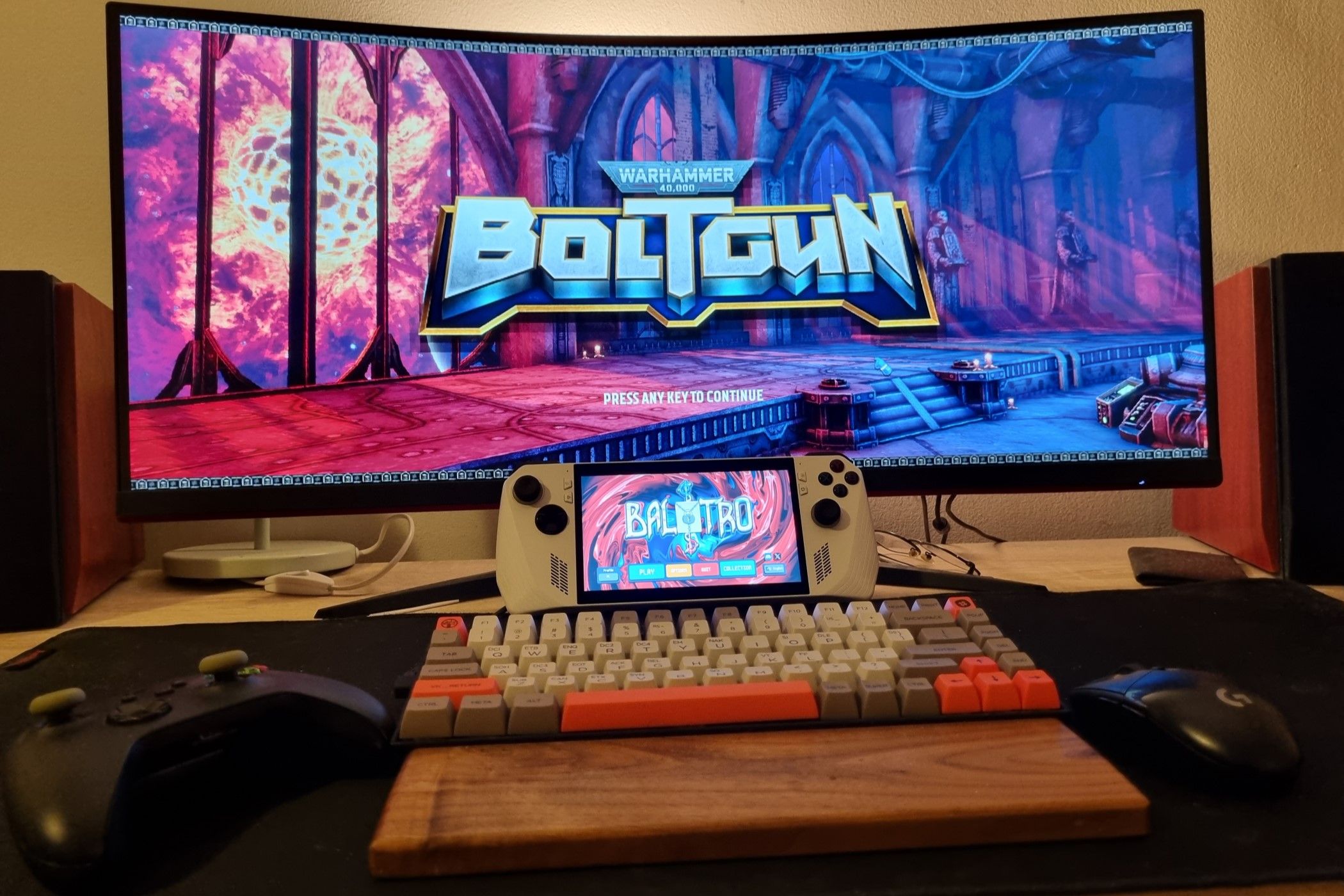
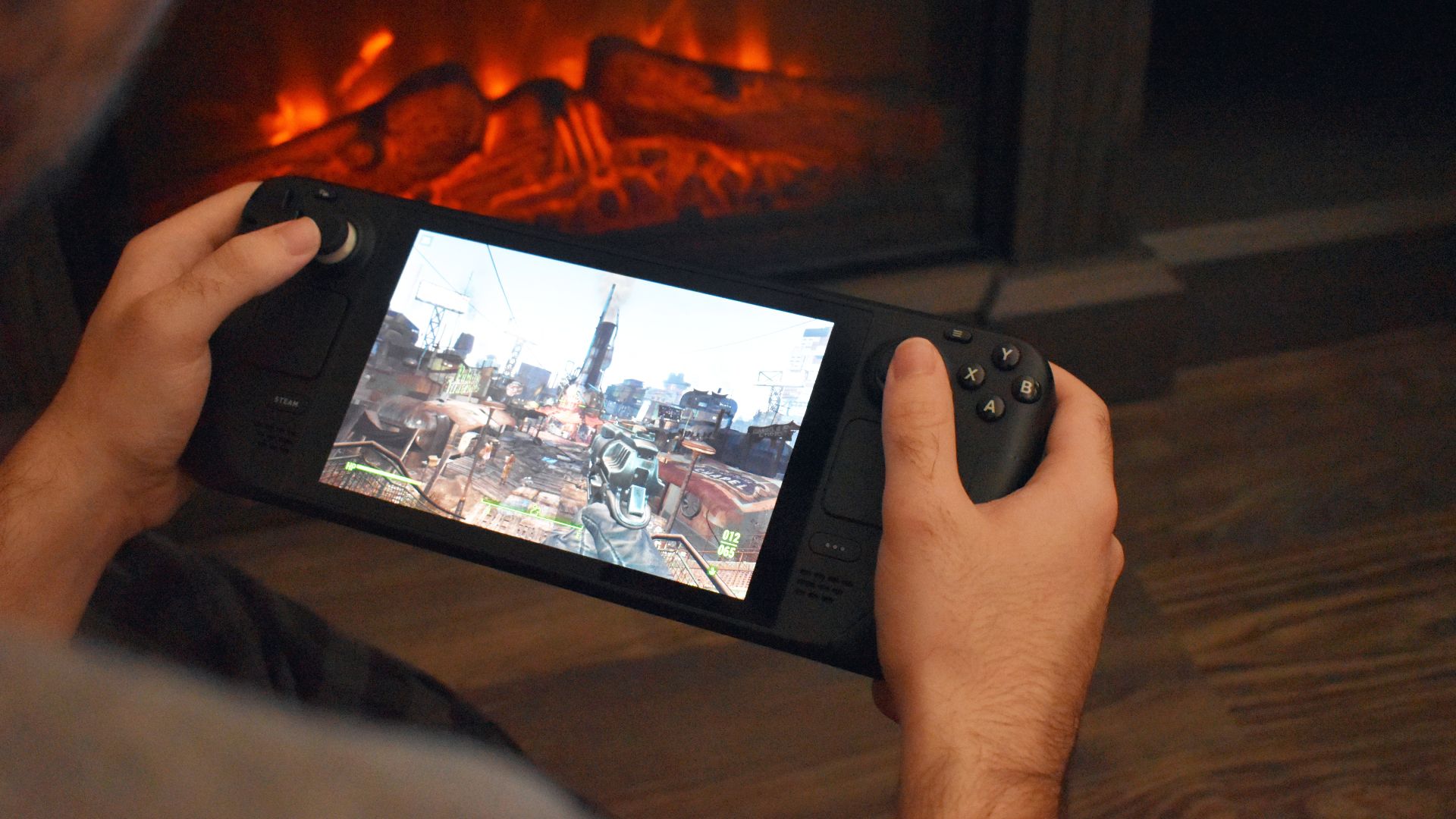
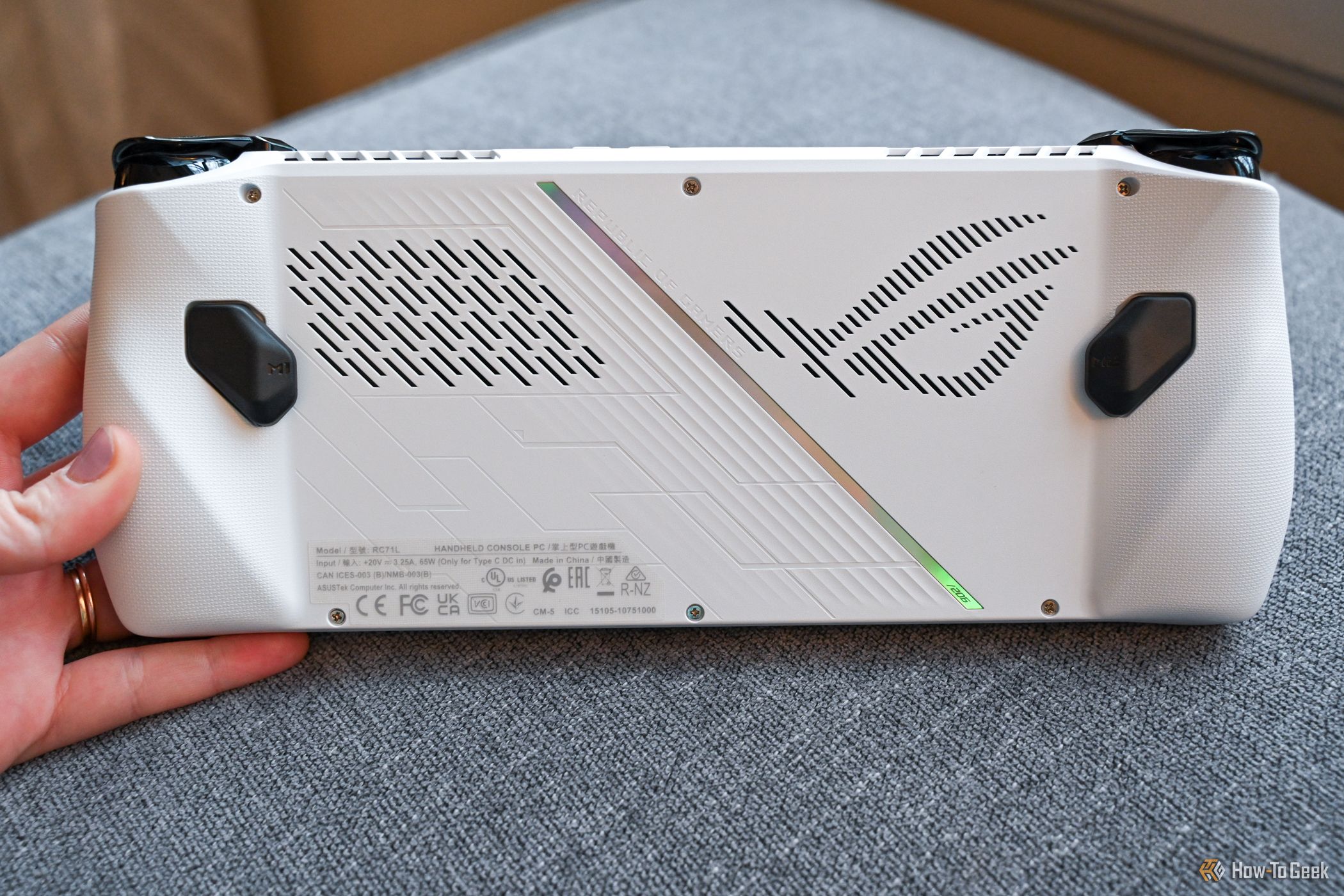
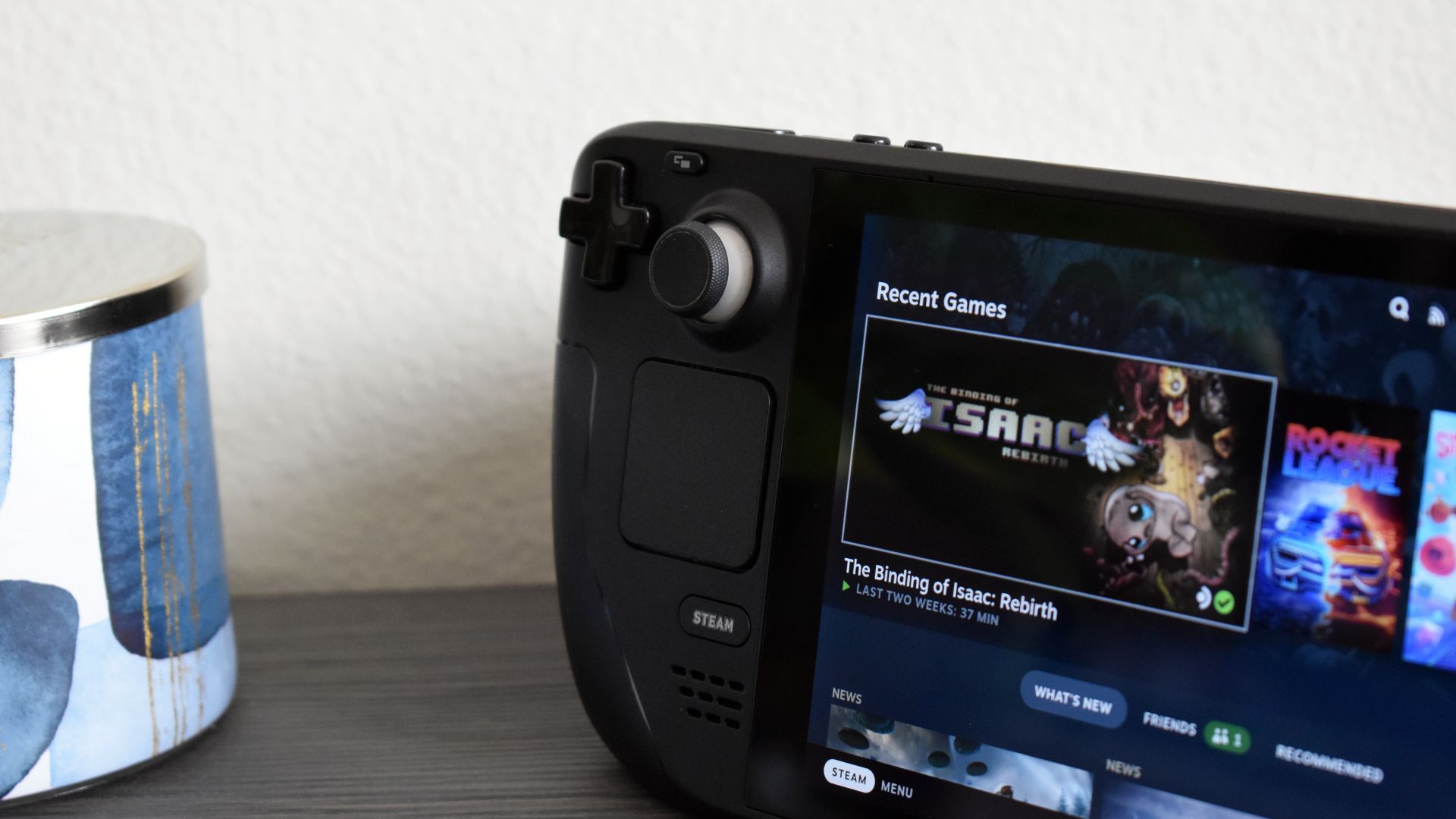
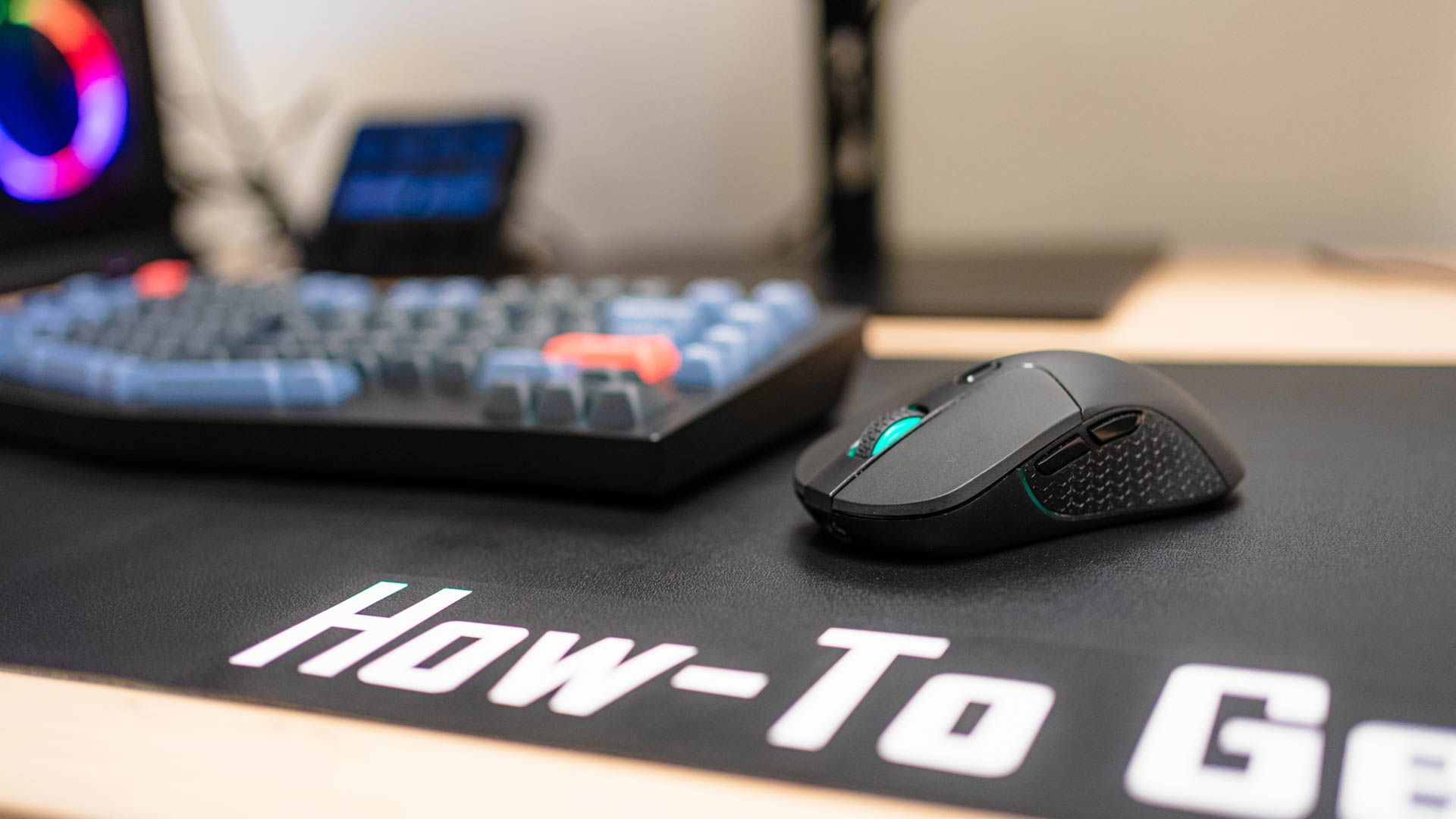
دیدگاهتان را بنویسید